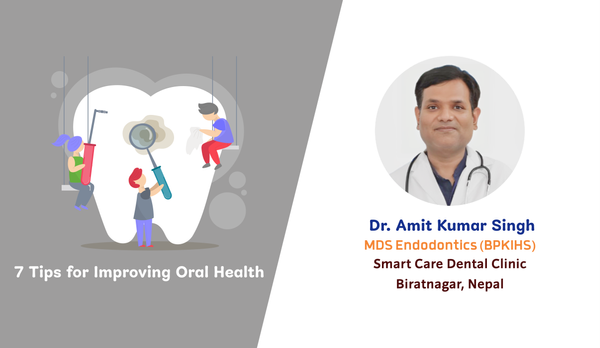Anxiety: Recognizing Different Types and Coping Strategies
In today's fast-paced and demanding world, many individuals experience anxiety at various levels. Anxiety is a common mental health condition that can manifest in different forms and affect people differently. Recognizing the types of anxiety and learning effective coping strategies are crucial steps towards managing and overcoming this challenge. In this blog, we'll explore the various types of anxiety disorders and provide practical coping strategies to help individuals navigate anxiety more effectively.
Anxiety is a natural response to stress, but when it becomes excessive or persistent, it can interfere with daily life and overall well-being. It's important to recognize the different types of anxiety disorders and adopt coping strategies that promote mental health and resilience.
Types of Anxiety Disorders
// Generalized Anxiety Disorder (GAD):
- GAD involves excessive worry and anxiety about various aspects of life, such as work, health, relationships, or everyday situations. Individuals with GAD often struggle to control their anxiety and may experience physical symptoms like restlessness, irritability, and muscle tension.
// Panic Disorder:
- Panic disorder is characterized by recurring panic attacks, which are sudden episodes of intense fear or discomfort. Panic attacks can include symptoms like rapid heart rate, shortness of breath, chest pain, and feelings of impending doom.
// Social Anxiety Disorder:
- Social anxiety disorder involves intense fear of social situations and interactions. Individuals with social anxiety may avoid social gatherings, public speaking, or other activities that trigger anxiety. They may experience physical symptoms like blushing, sweating, and trembling in social settings.
// Specific Phobias:
- Specific phobias are irrational fears of specific objects, situations, or activities (e.g., fear of heights, spiders, flying). Phobias can cause significant distress and may lead to avoidance behaviors.
// Obsessive-Compulsive Disorder (OCD):
- OCD is characterized by recurrent, intrusive thoughts (obsessions) and repetitive behaviors or mental acts (compulsions) performed to alleviate anxiety or prevent perceived harm. Common obsessions include fears of contamination, doubts, or intrusive thoughts.
// Post-Traumatic Stress Disorder (PTSD):
- PTSD can develop after experiencing or witnessing a traumatic event. Symptoms include intrusive memories, flashbacks, nightmares, hypervigilance, and avoidance of reminders of the trauma.
Coping Strategies for Anxiety
// Practice Mindfulness and Relaxation Techniques:
- Engage in mindfulness meditation, deep breathing exercises, yoga, or progressive muscle relaxation to calm your mind and reduce physical tension.
// Maintain a Healthy Lifestyle:
- Prioritize regular exercise, balanced nutrition, adequate sleep, and limiting caffeine and alcohol consumption to support overall well-being and reduce anxiety symptoms.
// Seek Professional Help:
- Consult a mental health professional, such as a therapist or counselor, for evidence-based treatments like cognitive-behavioral therapy (CBT) or medication if needed.
// Challenge Negative Thoughts:
- Practice cognitive restructuring techniques to challenge and reframe negative thought patterns that contribute to anxiety.
// Establish a Routine:
- Create a daily schedule that includes structured activities and self-care practices to promote stability and reduce uncertainty.
// Connect with Supportive Relationships:
- Maintain social connections with friends, family, or support groups to share experiences, seek encouragement, and receive emotional support.
// Limit Exposure to Triggers:
- Identify and limit exposure to anxiety triggers when possible. Gradually confront fears through exposure therapy to build resilience.
Final Thoughts
Anxiety is a common and treatable mental health condition. By recognizing the different types of anxiety disorders and adopting effective coping strategies, individuals can manage symptoms, improve quality of life, and cultivate resilience in the face of challenges. Remember that seeking professional help is a sign of strength and a valuable step towards healing and recovery.
In conclusion, understanding the nuances of anxiety disorders and implementing practical coping strategies empowers individuals to take control of their mental health and lead fulfilling lives. By raising awareness and promoting proactive mental health practices, we can create a more compassionate and supportive community for those affected by anxiety.




